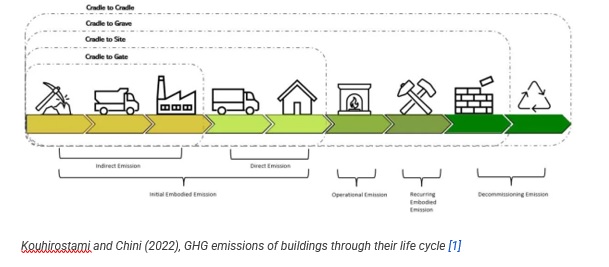Prefab homes are rapidly transforming the housing industry with their unique approach to sustainability. With a significant reduction in construction waste compared to traditional building methods, these pre-manufactured houses offer a practical solution for environmentally conscious individuals.
The integration of green materials and energy-efficient designs within prefab housing aligns with the global push towards reducing carbon footprints and promoting eco-friendly living spaces.
The rising interest in prefab homes is not only due to their sustainability features but also because of their socio-economic benefits.
The streamlined production process greatly reduces building times and labor costs, making prefab homes a more accessible option for a diverse range of income levels.
Moreover, technological advancements have improved the quality, durability, and design flexibility of prefab houses, making them a viable and attractive choice for modern living.
The Rise of Prefab Housing
In the spheres of sustainability and innovation, prefab homes are quickly becoming a game-changer within the housing industry. Understanding this shift can broaden your perspective on modern construction practices.
Defining Prefab Homes
Prefab homes are dwellings manufactured off-site in advance, typically in standard sections that can be easily shipped and assembled. The term ‘prefabricated’ does not denote a single style or design but rather a construction method where parts are made in a factory and then transported to a building site.
This method allows for quicker assembly and less waste, contributing to sustainability efforts.
Historical Development and Current Trends.
The concept of prefabricated homes is not new; it dates back to the 19th century. However, recent technological advancements have propelled this idea into the forefront of the housing industry.
In the UK, the resurgent interest in prefab homes is driven by the demands for affordable, eco-friendly living spaces and the need for rapid development.
The current trend of prefab housing sees an amalgamation of design innovation and sustainability practices. The use of renewable materials, energy-efficient designs, and reduced construction waste aligns prefab homes with contemporary green standards.
This shift is echoed by increasing numbers of housing developers adopting prefabricated techniques to reduce carbon footprints and fulfil stringent environmental regulations.
Sustainable and Environmental Concern
The transition to prefab homes is integral in addressing the urgent climate emergency by promoting energy efficiency, reducing waste, and utilizing sustainable materials in home construction.

Energy Efficiency in Home Design
Prefab homes are designed with energy conservation in mind. These energy-efficient homes reduce your carbon footprint through improved insulation, airtight construction, and the integration of renewable energy sources like solar panels. By design, these homes maintain temperature more effectively, significantly decreasing energy consumption for heating and cooling.
Reducing Construction Waste and Carbon Footprint
The prefab construction process is streamlined and precise, resulting in significantly less waste compared to traditional building methods.
The Role of Sustainable Materials
In prefab homes, the use of sustainable materials is a cornerstone of environmentally responsible construction.
Technological Innovations and Modern Prefab Homes
Modern prefab homes now embody cutting-edge technology and innovative design, significantly enhancing both their sustainability and adaptability.
Smart Home Technologies and Energy Savings
Your prefab home can integrate various smart home technologies to optimise energy usage. Smart thermostats and LED lighting can be tailored to your lifestyle, learning your habits and adjusting to ensure energy efficiency. Solar panels on the roof pair with smart management systems to reduce reliance on the grid and lower your carbon footprint.
Modular Construction and Flexible Design Options
Modular construction allows your home to be designed and built with flexibility and personalization, responding to your unique needs. The underlying technology supports:
With innovative design, your home can expand or change as needed, thanks to the inherent flexibility of modular units.
Source: Spassio.com